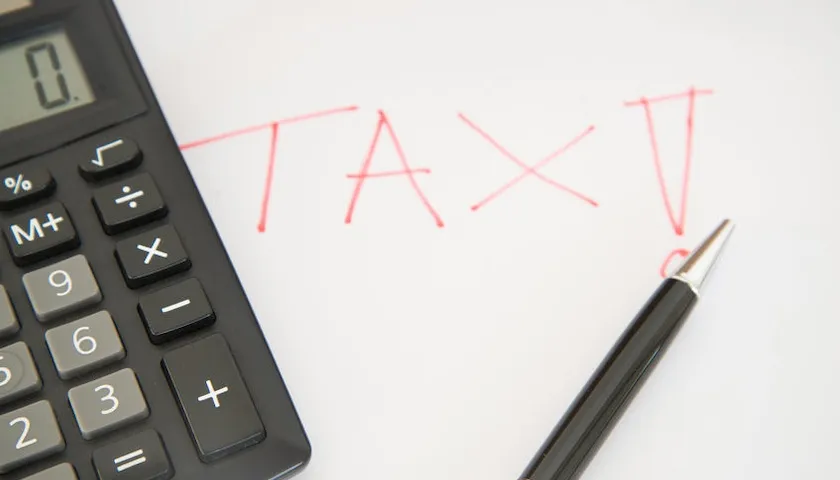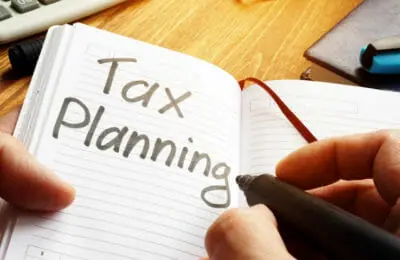According to Freedom of Information figures obtained by financial firm Quilter, HMRC simple assessments have risen sharply. In the tax year 2023/24, the taxman issued 1.32 million simple assessments. That’s up 74% from 757,745 the previous year. A significant number of those affected are pensioners.
What are HMRC simple assessments?
In case you’ve not heard of HMRC simple assessments before, let’s take a moment to look at what they are.
In brief, HMRC uses simple assessments to collect tax without needing a taxpayer to fill in a Self-Assessment Tax Return.
It can do this because it is automatically send certain kinds of financial data. These include income details from banks and building societies, plus information about pension earnings.
If HMRC believes it has enough information to prove that you have underpaid tax, it can issue you with a simple assessment. In other words, it’s an automatically produced tax bill. According to HMRC’s website, it may send you a simple assessment if you:
- owe Income Tax that can’t be automatically taken out of your income
- owe HMRC £3,000 or more
- have to pay tax on your state pension.
Why are HMRC simple assessments on the rise?
There are various reasons why HMRC simple assessments are on the rise.
One major factor is that Income Tax thresholds have remained static since 2021 and won’t change until April 2028. As incomes rise, more people get dragged into paying tax.
At the same time, state pension income has risen substantially in recent years. This is because of high inflation and the ‘triple lock’, which has been tied to it. State pensioners currently only need a little extra income to be pushed into basic rate income tax. This means many pensioners with savings, other pension income or even earnings can become liable for tax. Indeed, there has been a rise in pensioners with other income that is subject to PAYE.
What happens if I get a simple assessment letter?
If you get an HMRC simple assessment letter, you first need to check that the information it contains is correct. If it isn’t, you need to contact HMRC within 60 days.
Assuming the letter is correct, you need to pay the simple assessment bill. If you get a letter before 31st October, you should pay the bill by 31st January. If the letter arrives on or after 31st October, you’ll need to pay within three months of the date of the letter.
Can you help me?
Unfortunately, recent high inflation and higher earnings and pensions have dragged more people into tax. It’s also a trend that looks set to continue.
In most cases, you should be able to check any HMRC simple assessment yourself. The bills are generally not particularly large, even if they are unwelcome. However, if you do believe your simple assessment is wrong, it may be wise to get professional advice from an accountant or other qualified person. They’ll also be able to advise you on whether you should actually be registered for Self-Assessment Tax Returns rather than simple assessment.
About Karen Jones
Having worked for one of the world’s largest accountancy firms, Karen Jones uses her tax knowledge and skills to help clients obtain substantial reductions to their tax liabilities.
With an expanding portfolio of tax clients, Karen enjoys the variety her work brings her and particularly likes working with new businesses and people. With a growing number of tax clients, she frequently faces a variety of challenges and relishes the experience she gains as she solves them.
Karen likes the THP ethos: “I like the way the team has a professional, but friendly and down-to-earth approach – it creates a productive atmosphere that benefits everyone.”
Karen’s specialist skills:
- Personal Taxation
- Tax Efficient Planning
- Trust Administration












